Letters to the Editor - July-August 2011
Paradoxical neglect
Dear Editor,
Patrick McCaughey’s article ‘NativeGrounds and Foreign Fields: The Paradoxical Neglect of Australian Art Abroad’ (June 2011) caught my attention because of its title, then its content. The latter part of the title is slightly old-fashioned. ‘Abroad’, to me, seems to have a fairly British flavour – those places outside those little islands, across the channel. Even ‘overseas’ is more appropriate for ocean-flanked Australia, but that too seems a little 1980s-jet-travel-era rather than the instant meeting of e-contacts today. Perhaps ‘international’ is better, but that word ‘national’ gets in the way.
‘Abroad’ does have the merit of the other meaning: of being ‘out and about’ – being there and being seen. So what does Patrick McCaughey mean by ‘abroad’? As founding director of the main program to send Australian art ‘abroad’ – the Asialink Touring Exhibition Program – I am interested in his analysis. Asialink’s program is the largest international program Australia supports in terms of the number of exhibitions (more than seventy to date), artists, venues, media coverage, and, crucially, audiences. Its history has been published (and reviewed in ABR, November 2010) in my book entitled Every 23 Days: 20 Years Touring Asia – this particular title referring to the average time between Asialink exhibition openings throughout this period.
I was disappointed by the lack of any mention of our program, but also of Asia at all. If Patrick McCaughey wants to talk about the Australian art exhibited in north-east America and north-west Europe, including the United Kingdom, fine, because that is what he does; but he shouldn’t make the assumption that that part of the world is all that is relevant. Why do this in Australia today? I’d hate to think it was because the audience in the United States was seen as more important than that in Japan.
The total attendance for Asialink’s latest show, Face to Face, in Seoul is nearly 50,000 people. Yes, 50,000 Koreans seeing a show of Australian contemporary art is great. Korean artists such as Nam June Paik and Lee U-fan (leader of Mono-ha) led their international status decades ago, but they are ably followed today by mid-career artists such as Choi Jeong Hwa, Kimsooja, and Lee Bul, all of whom have been seen in Australia. Mami Kataoka, senior curator at the Mori Art Museum in Tokyo, in Melbourne recently to speak at the Melbourne Town Hall, told of the upcoming Lee Bul retrospective at Mori. If the latter is as successful as that of Tracey Moffatt and Patricia Piccinini, shown recently in Tokyo, everyone will be pleased. Asia is an exciting place for Australian art – perhaps more so today than the Atlantic borders.
Besides this angle in Patrick McCaughey’s article, there is a wider issue that does deserve serious discussion: how to measure our profile internationally. We are good at self-criticism, but I think, by and large, we do well internationally, considering some special issues we have to face. The first is our ‘indistinct’ cultural profile (apart from Aboriginal Australia), which is not easy to categorise for time-poor foreigners (we aren’t ‘other’; nor are we ‘inner’); we are far from other places, including Tokyo, Beijing, and even Jakarta; our cities are spread widely; and we don’t spend enough to combat these factors. Asialink’s program is funded by $200,000 to $400,000 annually from the federal government, and only works because of partnerships in Australia and Asia. The Japan Foundation spends a huge amount more. For anyone aware of the Alliance or British Council or Goethe and their offices in Asia, our budget is laughable. Bearing all the above in mind (and our small population), we don’t do so badly. But it is true that we could do better. Oh for an Australian international council with a focused strategy for engagement and real funds to do it. Then we could really do something wonderful.
Alison Carroll, Director, Asialink Arts 1990–2010
CONTENTS: JULY–AUGUST 2011

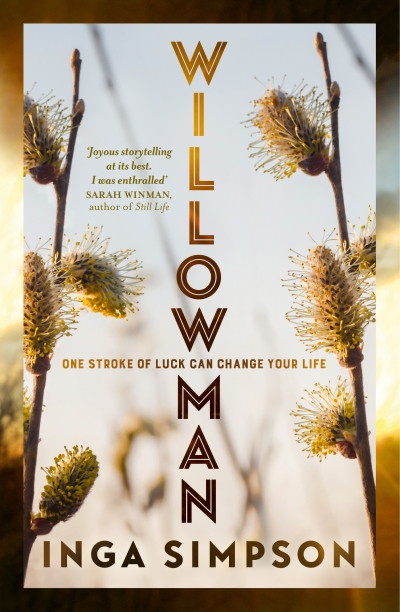
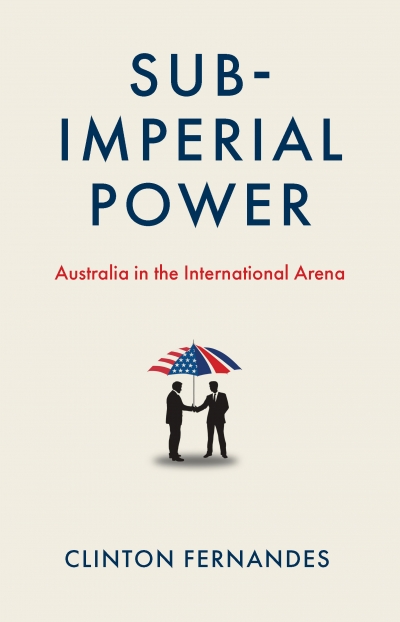
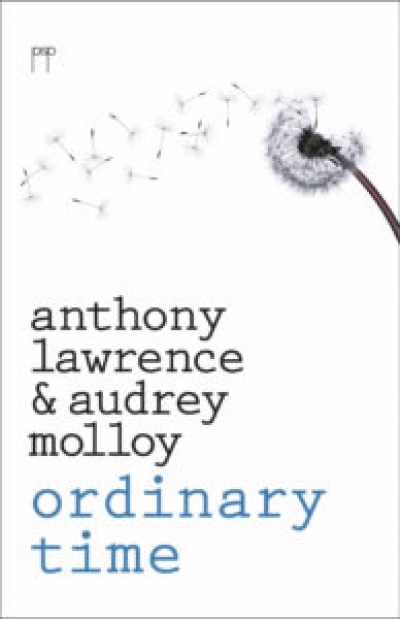
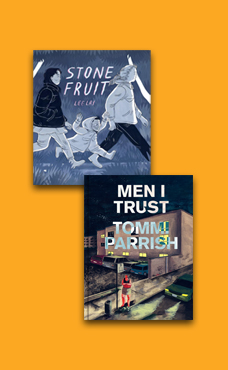


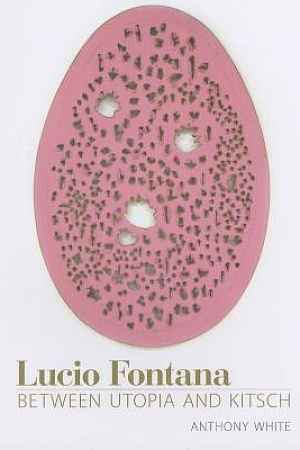

Leave a comment
If you are an ABR subscriber, you will need to sign in to post a comment.
If you have forgotten your sign in details, or if you receive an error message when trying to submit your comment, please email your comment (and the name of the article to which it relates) to ABR Comments. We will review your comment and, subject to approval, we will post it under your name.
Please note that all comments must be approved by ABR and comply with our Terms & Conditions.